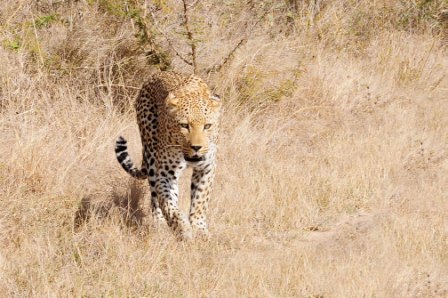For me the statement that “Life begins at the end of your comfort zone” works. The Kgalagadi threw itself at us both in all its meanness and its wonderful abundance. Drought, temperatures hovering around the mid forties daily and pleasant surprises around every corner was the norm. When this is shared with quality friends who found joy in every moment that mother nature could provide, it all augers for great joy. My university roommate of more than half a century ago (Dr Francois (Faf) Malan) who was thrown into the deep end of camping, accompanied me and Johan Zwiegers (Hanz Zwiegers Photography) on a camping safari through the Kgalagadi Transfrontier Park at the beginning of November. The itinerary would include Rooiputs (three days), Polentswa (two days) , Nossob and Mata,Mata (each three days).
True to tradition, on our first night at Rooiputs, the lions roared uncomfortably close to our tents, so much so that Johan, who was sleeping in a very small hiking tent pleaded for refuge in our Oz Tent. For the moment he was totally out of his comfort zone. As unsympathetic as his uninterrupted snoring was to me, Faf made him “understand clearly” that there was not enough space for comfort in our tent but gave him several “wise” actions that he could apply in self defence. It worked because Johan was still around at dawn the next day. With Rooiputs as base we found Kij Kij waterhole very rewarding (lion, doves and sand grouse) and on a circular drive around the lower Dune Road we met with Neil and Lynne Hunter in their mobile home who told us that there were two cheetahs on a kill at the Auchterloni waterhole. We were even more fortunate when the two came running right past us soon after we stopped. Then followed two lions (Leeudril) obviously suffering from the heat and several secretary birds (Rooiputs waterhole). Late afternoon we again found a lion at Kij Kij. The next morning early (en route to Polentswa) four cheetah crossed the road right in front of us and twenty kilometres south of Polentswa, three female and one heavily maned male lion relaxed right next to the road.
Polentswa waterhole produced. Over the two days, in addition to plains game, lion, black backed jackals and many raptors (Bataleur Eagles, Roof Arende and Vultures) would entertain us and provide wonderful photographic opportunities.On our drive to move camp to Nossob we found nine lions at Kwang. We were fortunate to see Kudu at Cubitje Quap, but the resident jackal entertained us with absolutely cunning hunting skills when he managed to catch six sand grouse in approximately 20 minutes and then included a fight with a visiting jackal. We were also fortunate to see an African wild cat with a ground squirrel kill. While lions roared around the camp every night, Johan, our delegated nightly representative at the camp waterhole was rewarded with one sighting of a lion and brown hyena.
Take note that with daily temperatures in the mid forties we drank in access of three litres of water daily. As a result of the drought every waterhole as well as ablution facilities had a large population of honey bees. With two allergic companions it created all but a comfortable environment. In fact, while taking a shower, Johan was stung by a bee, but with Faf (our personal doctor in attendance) he suffered no ill effects.
The Mata Mata area added Giraffes to the variety of game and the Craig Lockhard waterhole treated us with good sightings of the latter and of cheetahs. The visit of three lions to the camp waterhole at 20h00 was a pleasant surprise. At the camp even any hope of a slight cooling breeze deserted us day and night. It was so hot that early morning drives were followed by returning to camp to find refuge in the shade of out tent under the Camel thorn tree with regular visits to the swimming pool where you would submerge yourself “boots and all”. Another character of this area is that, in contrast to the other camps, there is only one road which one can travel. This obviously results in that there could be more congestion at waterholes and at sightings.
The cherry on the cake came on our way out via Twee Rivieren with a sighting of a leopard just south of Auchterloni.
In summary, in addition to Giraffes and all the normal plains game (Springbok, Blue Wildebeest and Gemsbok) which we as spoilt South Africans so often regard as standard, we saw a total of 27 lions (seven sightings), 9 cheetahs (three sightings) and a leopard. Because of the dry conditions, patience at select waterholes (for us Kij Kij, Cubitje Quap, Polentswa, Craig Lockhart and Dalkeith was good) rather than driving through the park, was most rewarding and made for excellent photographic opportunities. May I add, that at almost all of these sightings, blocking of views by other vehicles were rare! Kgalagadi and quality friends impressed!!!!



















